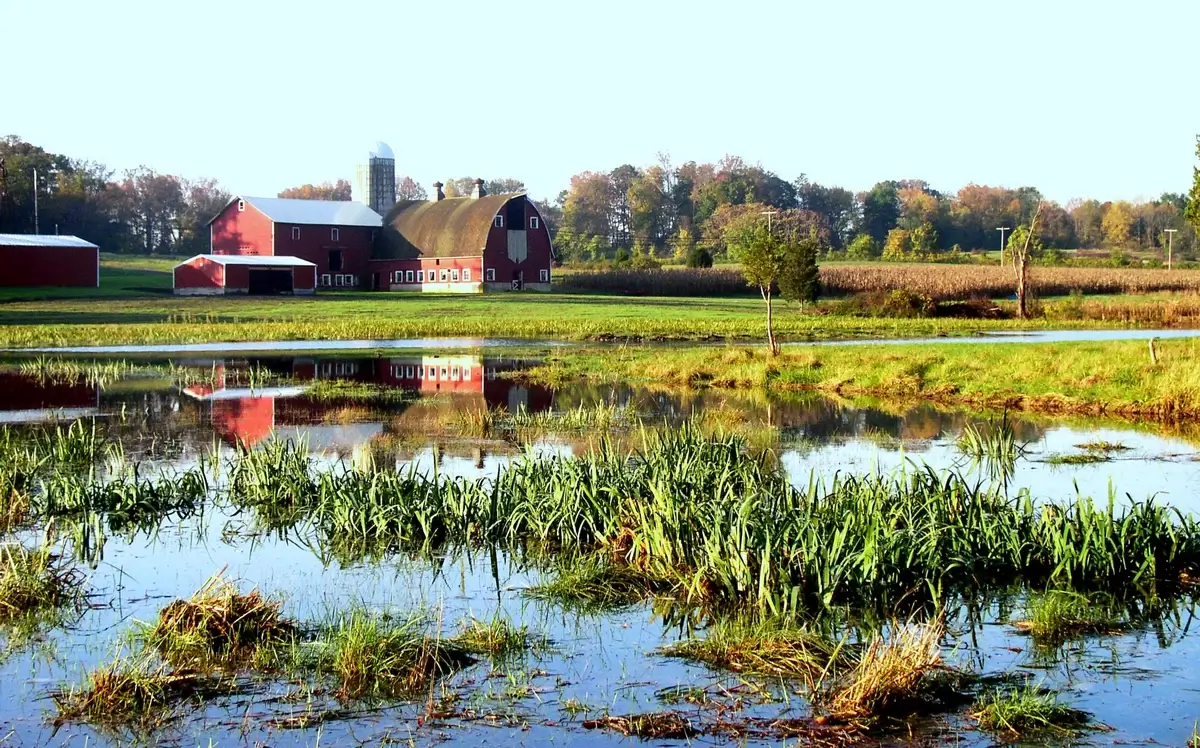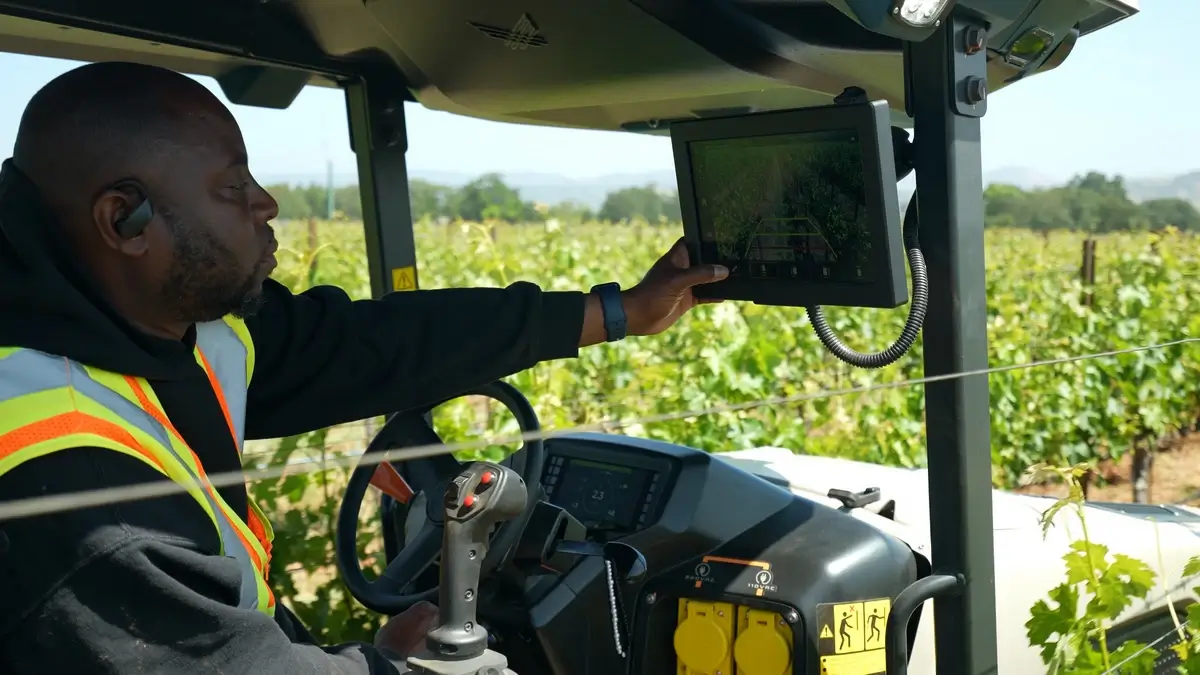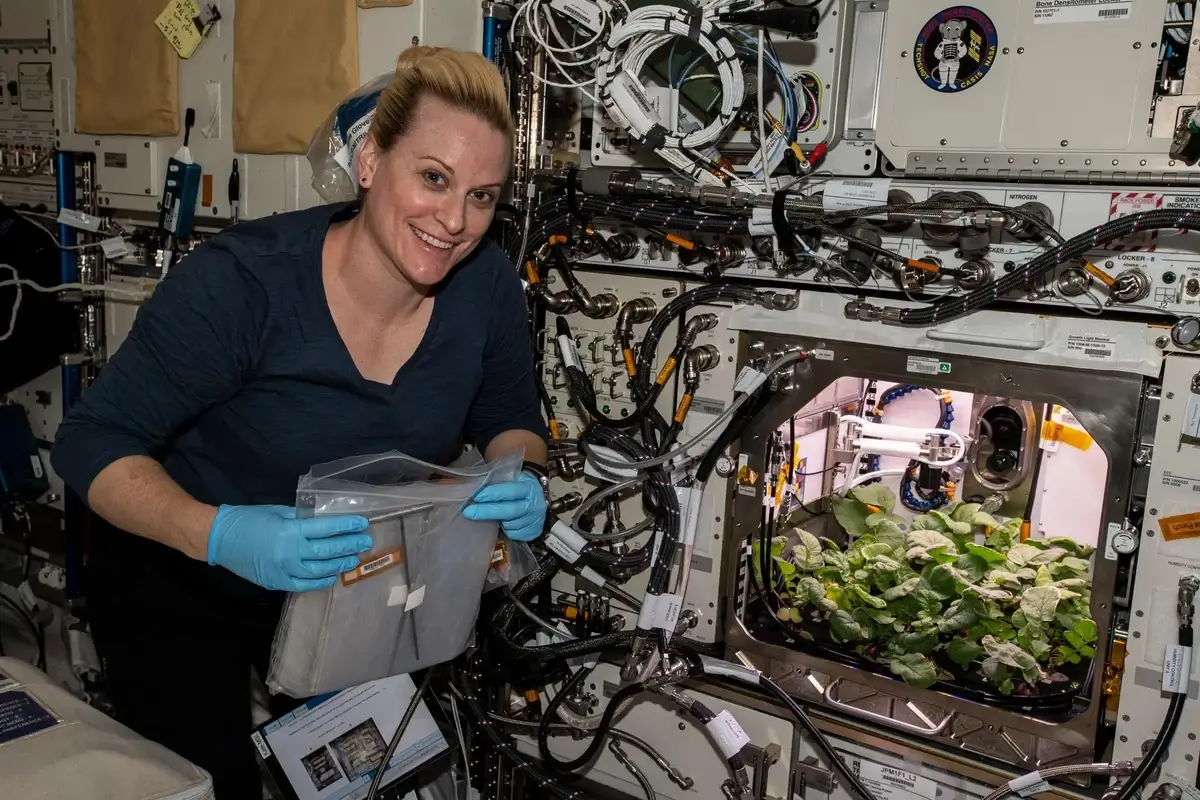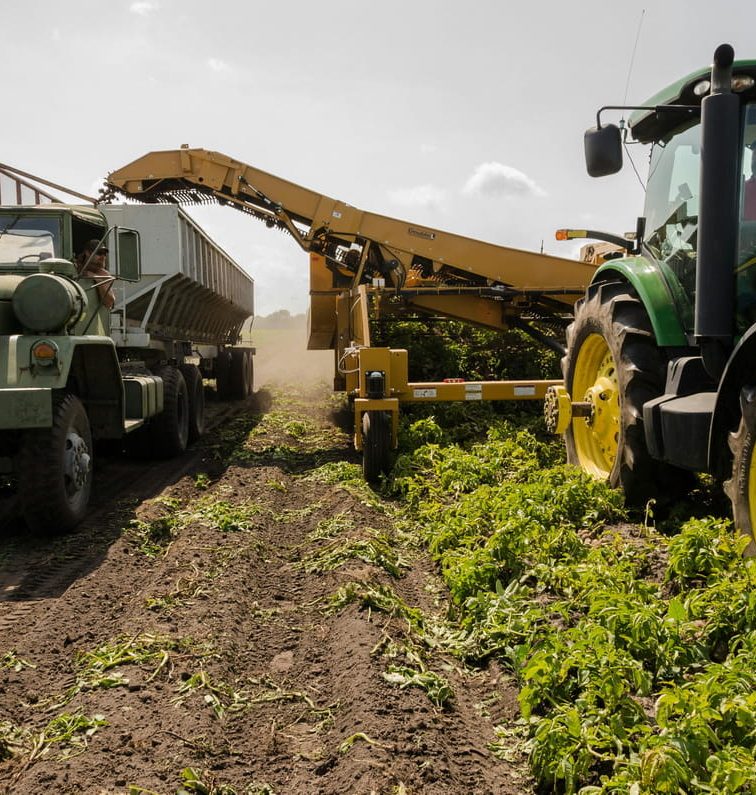Established in 1862 by President Abraham Lincoln, the United States Department of Agriculture (USDA) has evolved significantly from its initial focus on agricultural statistics and seed distribution. Now, it encompasses a broad range of activities, from ensuring food safety to managing national forests.
With over 100,000 employees and a budget surpassing $150 billion, the USDA’s influence stretches from rural America to international shores, directly affecting global agricultural policies and practices. This rich history and expansive influence set the stage for exploring fun facts about the department of agriculture.
1. Founding and Evolution: The Roots of Agriculture Policy
The USDA’s journey began during the Civil War, marking a significant shift in federal agricultural policy. It was an era when over 50% of the U.S. population was involved in agriculture, compared to less than 2% today.
The department’s growth parallels the nation’s agricultural transformation, expanding its role to address contemporary challenges in food production and safety.

The first Administration Building of the United States Department of Agriculture. Image: USDA
2. Worldwide Impact: USDA’s Global Influence
The USDA’s global reach, particularly through its Foreign Agricultural Service established in 1953, underscores its significant influence on international agricultural policies.
It has been instrumental in negotiating 267 international agreements since 2000, facilitating a vast expansion of U.S. agricultural exports, which totaled over $140 billion in 2019.
3. Innovative Research: Pioneering Agricultural Science
The USDA’s commitment to research has yielded groundbreaking results.
The Agricultural Research Service, since its inception, has introduced over 100 new crop varieties and numerous agricultural technologies.
This includes the development of disease-resistant crops that significantly increased wheat production in the 1960s and 1970s, addressing a critical global hunger challenge.

Image: USDA
4. From Farms to Schools: USDA’s Nutrition Programs
The USDA’s National School Lunch Program, established in 1946, serves over 30 million children annually, highlighting the department’s role in linking agriculture with nutrition and public health.
Additionally, the Supplemental Nutrition Assistance Program (SNAP), one of its largest programs, provided assistance to approximately 40 million Americans in 2018, demonstrating the USDA’s integral role in national nutrition and food security.
5. Protecting Nature: Agriculture’s Role in Conservation
The USDA plays a critical role in environmental conservation through initiatives like the Conservation Reserve Program, established in 1985.
This program has successfully rehabilitated over 22 million acres of farmland, enhancing soil quality, water purity, and wildlife habitats.
Additionally, the USDA’s Forest Service, managing over 193 million acres of national forests and grasslands, underscores the department’s commitment to preserving natural resources for future generations.

Image: farmers.gov
6. Economic Powerhouse: Agriculture’s Contribution to Economy
Agriculture is a cornerstone of the U.S. economy, with the USDA at its helm.
In 2019, U.S. agricultural exports generated more than $135 billion, supporting millions of American jobs.
The USDA’s policies and programs have been pivotal in enhancing agricultural productivity, which has seen a nearly 170% increase since the 1940s, significantly contributing to the nation’s economic growth.
7. The Census of Agriculture: A Treasure Trove of Data
Conducted every five years, the USDA’s Census of Agriculture is a comprehensive source of agricultural data, providing invaluable insights into farm operations, production practices, and industry trends.
The 2017 census reported over 2 million farms in the U.S., covering more than 900 million acres.
This data is crucial for policy-making and understanding the dynamic nature of American agriculture.
8. Cutting-Edge Technology: USDA’s Technological Advances
The USDA is at the forefront of agricultural technology.
Innovations such as precision agriculture, using GPS and data analytics for efficient farm management, have revolutionized farming practices.
The department’s investment in biotechnology research has led to significant advancements in crop and livestock production, bolstering food security and sustainability.

Image: monarchtractor.com
9. Agriculture in Space: USDA’s Extra-Terrestrial Endeavors
In a groundbreaking leap, the USDA has extended its agricultural research into space.
Collaborating with NASA, the department has been exploring how to grow food in space environments, a vital step for long-duration space missions.
Experiments on the International Space Station, involving the cultivation of crops like lettuce, are providing insights into plant growth under microgravity conditions.
This research not only advances space exploration but also has potential applications for improving crop production on Earth, especially in extreme environments.

Image: nasa.gov
10. Cultural Heritage: Agriculture’s Impact on American Life
Agriculture has profoundly shaped American culture and traditions.
The USDA, through programs like the Rural Development initiative, has played a pivotal role in supporting rural communities, preserving their cultural heritage, and promoting economic sustainability.
The department’s involvement in events such as the annual National Agriculture Day highlights the integral role of agriculture in American history and its ongoing influence on society.
FAQ
Why is the Department of Agriculture so important?
The Department of Agriculture is vital as it oversees a wide range of issues, from food production and safety to environmental conservation and rural development. It plays a critical role in ensuring a stable and safe food supply, promoting sustainable agricultural practices, and supporting the economic viability of rural communities.
What role does the USDA play in global food security?
The USDA contributes significantly to global food security through its international aid programs, development of sustainable agricultural practices, and efforts to open global markets to U.S. agricultural products. These initiatives help combat global hunger and promote agricultural development worldwide.
How does the USDA impact the everyday life of an average American?
The USDA’s influence extends into many aspects of daily life, including the quality and safety of the food supply, the management of national forests, and the implementation of nutrition assistance programs like SNAP and the National School Lunch Program.
What advancements in agriculture has the USDA facilitated through its research?
USDA research has led to numerous advancements, including the development of new crop varieties, improvements in livestock management, advancements in sustainable farming practices, and innovations in agricultural technology such as precision farming.
How does the USDA support American farmers and rural communities?
The USDA supports farmers through various programs, including financial assistance, crop insurance, and agricultural research. Additionally, through the Rural Development program, the USDA provides funding and support to rural communities for infrastructure, housing, and economic development.
What is the significance of the Census of Agriculture?
The Census of Agriculture, conducted by the USDA every five years, provides critical data on U.S. farming operations, land use, production practices, and farmer demographics. This data is essential for shaping agricultural policy, understanding industry trends, and making informed decisions that affect the agricultural sector.







